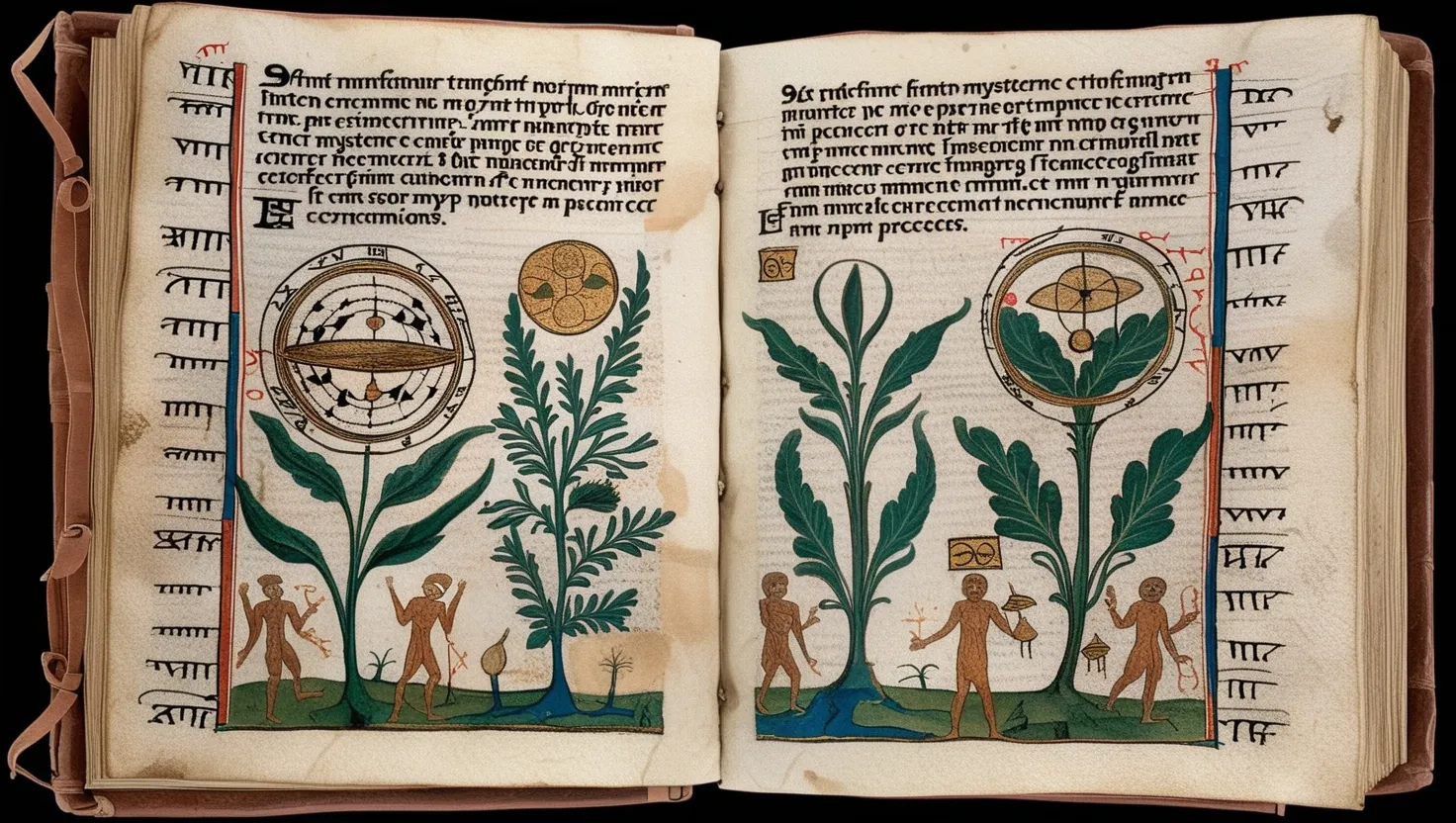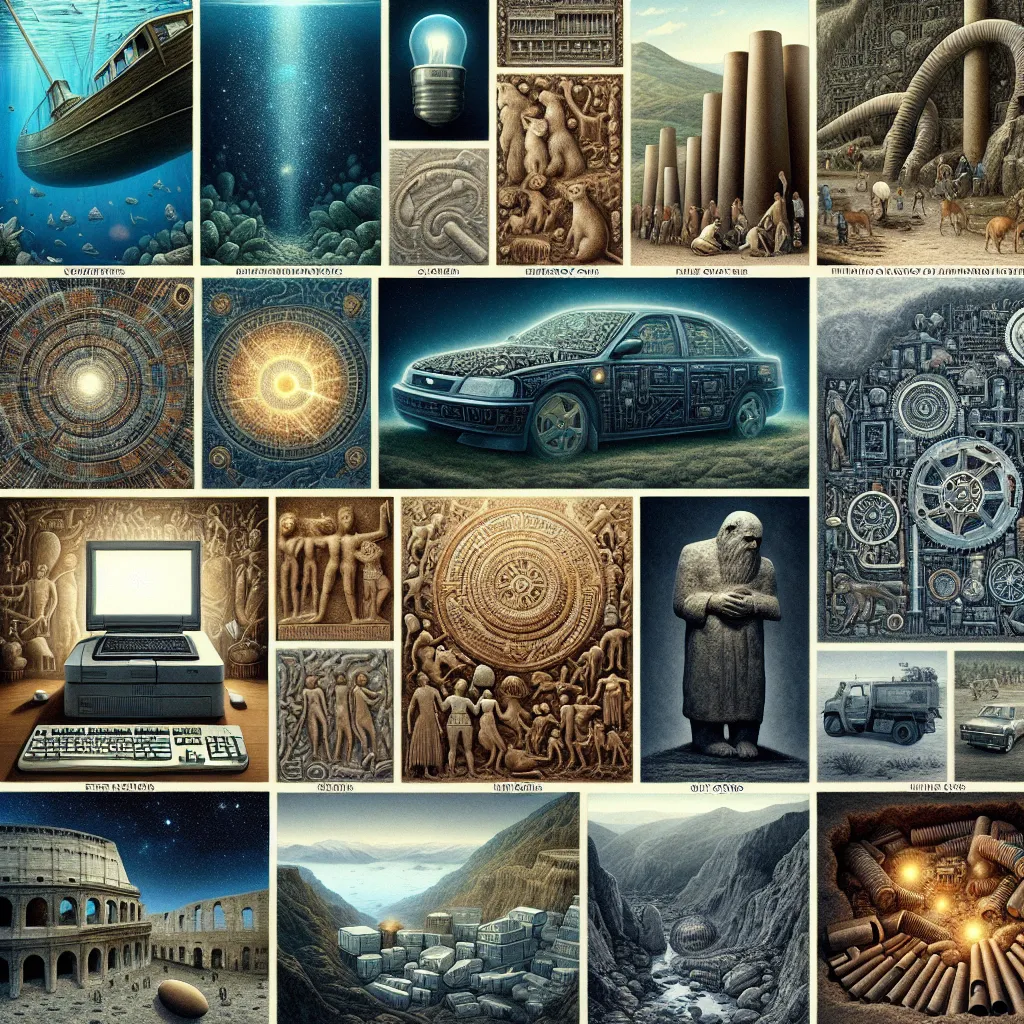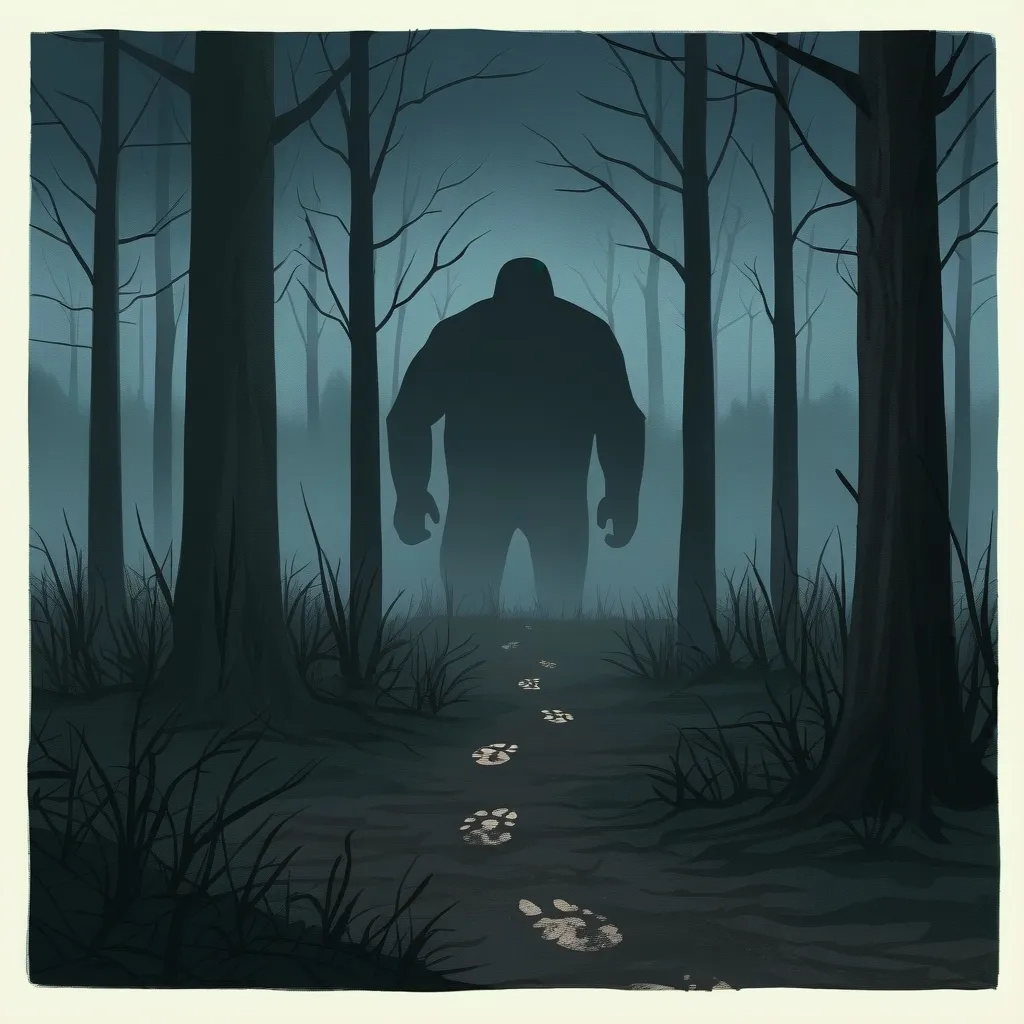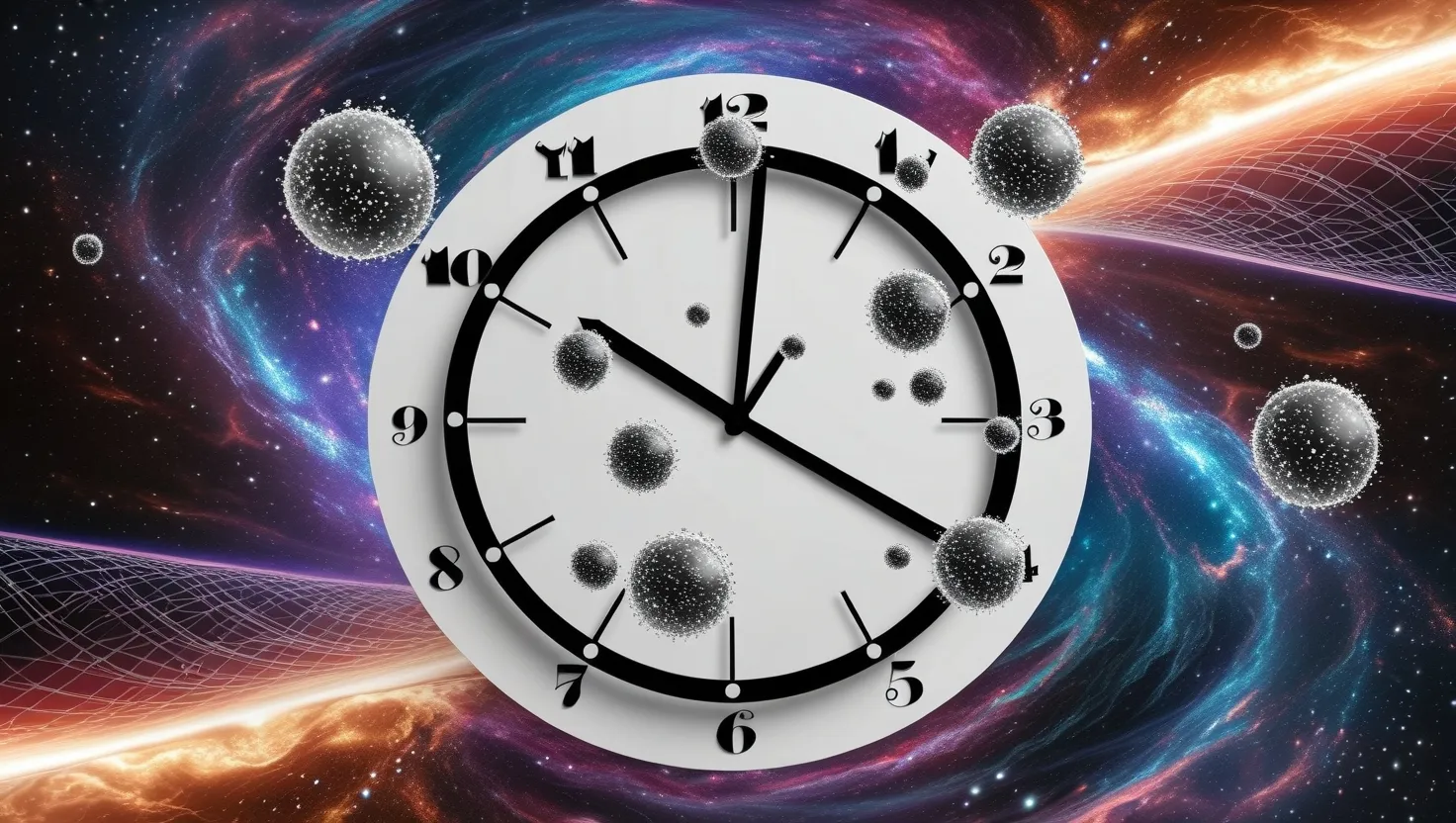The Voynich Manuscript, a 15th-century codex, is a puzzle that has captivated the imagination of scholars and the general public alike for centuries. This 240-page book, filled with strange illustrations and written in an unknown script, is a mystery that continues to defy solution.
When I first laid eyes on the Voynich Manuscript, I was struck by its bizarre botanical drawings, astronomical diagrams, and human figures engaging in activities that seem both familiar and alien. The text itself, composed of over 170,000 characters, appears to follow consistent patterns, suggesting that it might be a genuine language or code rather than random gibberish.
A Journey Through Time
The manuscript’s history is as intriguing as its content. Discovered in 1912 by the rare book dealer Wilfrid Voynich, it has been the subject of intense scrutiny ever since. But before Voynich, the manuscript had a long and mysterious journey. One of the earliest known owners was the Holy Roman Emperor Rudolf II, who purchased it from an unnamed seller for 600 gold coins between 1576 and 1612.
Stefan Guzy, a researcher from the University of the Arts Bremen, has made significant strides in tracing the manuscript’s ownership. By scouring imperial account journals, Guzy identified a transaction involving 600 gold coins, which he believes is linked to the sale of the Voynich Manuscript to Rudolf II. This transaction was part of a larger collection of “remarkable/rare books” sold by the physician Carl Widemann, who may have inherited the manuscript from the botanist Dr. Leonard Rauwolf.
The Elusive Code
The text of the Voynich Manuscript is its most baffling aspect. Despite numerous attempts by linguists, cryptographers, and even World War II codebreakers, the manuscript’s contents remain undeciphered. Theories abound, ranging from a medieval medical text to an elaborate hoax. Some have suggested it might be a lost language or an invented code, while others propose it could be a phonetic representation of an old dialect.
As Ahmet Ardic, a Turkish electrical engineer, noted, the manuscript’s language has striking similarities to an old Turkish dialect. Ardic claimed to have decoded about 30% of the manuscript by recognizing recurring patterns and phonetic structures common to the Turkish language. However, his findings, like many others, remain speculative and have not been universally accepted.
The Illustrations: A Window to the Past
The illustrations in the Voynich Manuscript are as enigmatic as the text. The botanical drawings depict plants that do not match any known species, while the astronomical diagrams show celestial bodies in configurations that are not easily identifiable. Human figures are depicted in various activities, including bathing in tubs and interacting with plants in ways that seem both ritualistic and practical.
These illustrations have sparked a multitude of interpretations. Some see them as evidence of advanced scientific knowledge, while others view them as symbolic or even magical. The lack of clear context makes it difficult to discern their true meaning, leaving us to ponder the intentions of the manuscript’s creator.
Carbon Dating and the Quest for Answers
Carbon dating has provided one of the few concrete pieces of information about the manuscript. The vellum on which it is written was created between 1404 and 1438, placing the manuscript’s origin firmly in the early 15th century. However, this date only adds to the mystery, as it does not reveal who wrote the manuscript or for what purpose.
As William Newbold, a professor of medieval medicine, once said, “The Voynich Manuscript is a challenge to our understanding of the past.” Newbold’s own attempt to decode the manuscript, which he believed was the work of Roger Bacon, was met with significant criticism and ultimately debunked. Yet, his words capture the essence of the manuscript’s enduring allure.
The Modern Quest
In recent years, the Voynich Manuscript has been subjected to advanced analytical techniques, including artificial intelligence and statistical analysis. These methods have yielded intriguing results but have not provided a definitive answer to the manuscript’s secrets.
As I reflect on the Voynich Manuscript, I am reminded of the words of cryptographer James De Mille: “The greatest glory in living lies not in never falling, but in rising every time we fall.” The Voynich Manuscript is a testament to human curiosity and the relentless pursuit of knowledge, even in the face of seemingly insurmountable challenges.
A Legacy of Mystery
Today, the Voynich Manuscript resides in the Beinecke Rare Book and Manuscript Library at Yale University, where it continues to be a subject of ongoing study and fascination. Its journey through history, marked by gaps in its provenance and a series of enigmatic owners, only adds to its mystique.
As we continue to grapple with the Voynich Manuscript, we are reminded of the limits of our understanding and the enduring power of unsolved mysteries. It stands as a challenge to our knowledge, a reminder that there are still secrets hidden in the pages of history, waiting to be uncovered.
In the words of Wilfrid Voynich himself, “The mystery of the Voynich Manuscript is not just about deciphering its text, but about understanding the world it came from.” This sentiment encapsulates the essence of our fascination with this enigmatic book – a fascination that will likely continue for generations to come.
So, what do you think? Is the Voynich Manuscript a lost language, an invented code, or something entirely different? The mystery remains, and it is up to us to continue the quest for answers.






